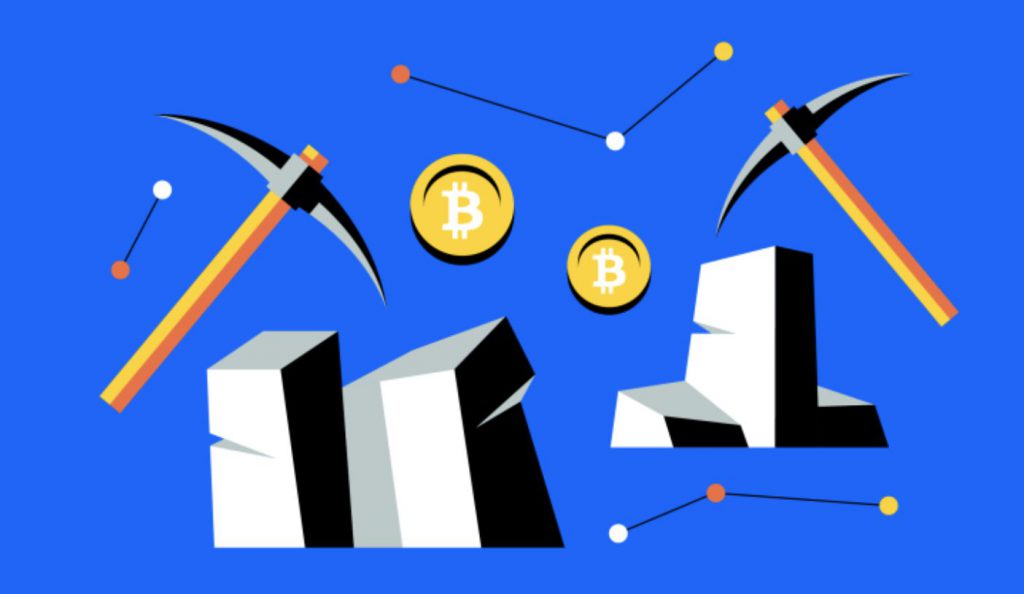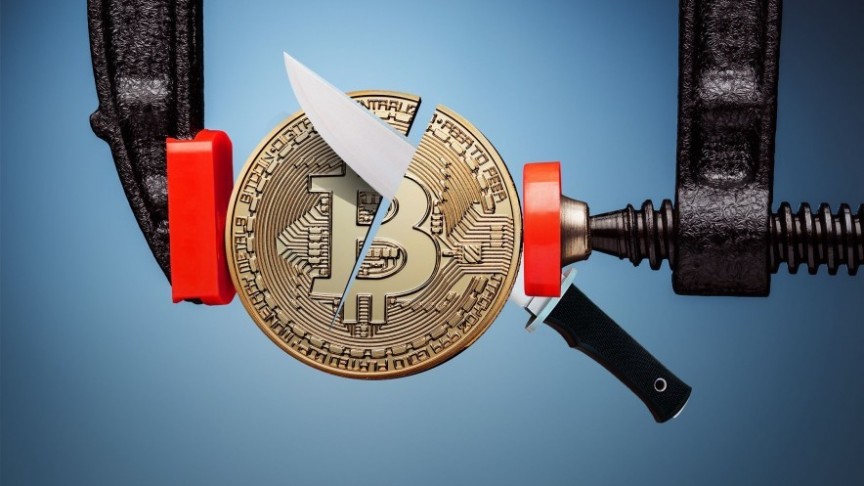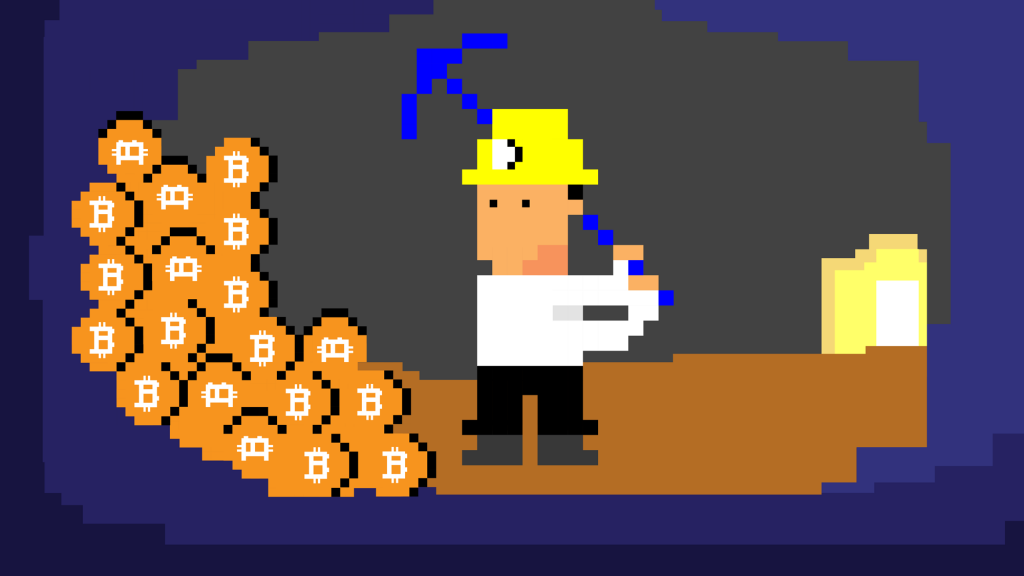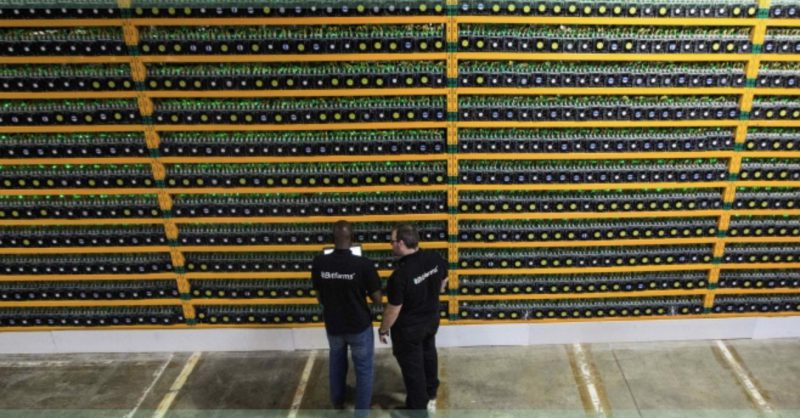The Countdown Begins: Predicting When the Last Bitcoin Will Be Mined
Cryptocurrencies have taken the world by storm over the past decade, and Bitcoin has led the way. As over 18 million are already in circulation, everyone wonders: When will they mine the last Bitcoin?
Created in 2009 by an anonymous person or group of people under the pseudonym Satoshi Nakamoto, Bitcoin has become the world’s most popular and valuable cryptocurrency. One of the unique features of Bitcoin is that it has a limited supply, with a cap of 21 million bitcoins.


How Many Bitcoins Are There, and How Many Are Left to Mine?
Let’s begin by understanding the current state of Bitcoin’s supply before we make predictions about mining the last Bitcoin. As of September 2021, there were approximately 18.8 million bitcoins in circulation, which accounts for about 89% of the total supply. The remaining 11% corresponds to around 2.1 million bitcoins that still need to be mined.
Mining new bitcoins is governed by the Bitcoin protocol, which sets the mining rate. Miners solve complex mathematical problems to earn a specific number of bitcoins as a reward. However, this reward undergoes a halving process every 210,000 blocks.
Simply put, miners earn fewer bitcoins for their efforts as more blocks are added to the blockchain. This process, known as “halving,” occurs roughly every four years. Its purpose is to control the influx of new bitcoins into circulation and maintain a limited supply over time.
What is Bitcoin Halving?
This mechanism, referred to as “Bitcoin Halving,” ensures the scarcity of bitcoins. Currently, the block reward stands at 6.25 bitcoins, reduced from 12.5 bitcoins following the most recent halving in May 2020.
Based on the current rate of block creation and the upcoming halvings, we estimate that the last Bitcoin will be mined in the year 2140. However, this is just an estimate, and several factors could impact the timeline.
For instance, a significant increase in the hash rate of the Bitcoin network could accelerate the creation of blocks, potentially resulting in the mining of the last Bitcoin earlier than expected.


Another factor to consider is the possibility of mining the last Bitcoin earlier than 2140. This scenario may occur if a substantial number of bitcoins become lost or destroyed before that time.
It is estimated that approximately 20% of all bitcoins in circulation have been lost or are inaccessible. These lost or inaccessible bitcoins account for a significant portion of the total supply. If this number were to increase significantly, it could lead to a Bitcoin shortage and potentially drive up the price.
Bitcoin Block Rewards and Their Impact on Mining
The Bitcoin halving significantly impacts mining and the supply of Bitcoin.
As the block reward decreases, miners receive fewer bitcoins for their efforts, which can make mining less profitable. However, as the supply of new bitcoins decreases, the value of existing bitcoins could increase, potentially offsetting the decrease in block rewards.
Additionally, mining Bitcoin becomes more difficult and expensive as the block reward decreases. This is because miners need to invest in more powerful and efficient hardware to solve the complex mathematical problems required to mine new blocks. This has led to the centralization of mining, with a few large mining pools controlling a significant portion of the Bitcoin hash rate.
The Current State of Bitcoin’s Supply and Demand
Bitcoin has become increasingly popular over the past few years, with more people and institutions investing in the cryptocurrency. This has driven up demand for Bitcoin and led to an increase in its price.
The limited supply of Bitcoin has created a supply-demand imbalance, further driving up the price.
As the supply of new bitcoins decreases, the demand for existing bitcoins could increase, leading to a potential price surge. However, this could also lead to increased volatility and a potential bubble, as we have seen in the past.
What Happens When the Last Bitcoin Is Mined?


After mining the last Bitcoin, no additional new Bitcoins will enter circulation. Miners will no longer receive block rewards, and the only way to obtain bitcoins will be through buying them on exchanges or from other holders. This could lead to increased demand and potentially drive up the price.
However, the end of block rewards could also lead to a decrease in mining activity, as it may no longer be profitable for miners to continue mining. This could lead to a decrease in the hashrate of the Bitcoin network, which could impact its security and reliability.
The Role of Bitcoin Miners in the Supply and Demand Equation
Bitcoin miners play a crucial role in the supply and demand equation for Bitcoin. As mentioned earlier, the block reward decreases with each halving, which can make mining less profitable. As new bitcoins decrease in value, existing bitcoins may increase in value, balancing the reduced block rewards.
Miners also play a crucial role in maintaining the security and reliability of the Bitcoin network. They are responsible for verifying transactions and adding them to the blockchain. Without miners, the Bitcoin network would not be able to function.
Conclusion and Future Outlook for Bitcoin Mining and Supply
The limited supply of Bitcoin is what makes it unique and valuable. The exact timeline for mining the last Bitcoin is uncertain, but experts estimate it to be around the year 2140. Several factors may affect the timeline, such as changes in the network’s hash rate and bitcoin losses.
As the supply of new bitcoins decreases, the demand for existing bitcoins could increase, potentially driving up the price. However, this could also lead to increased volatility and potential bubbles.





